Coral: properties, colors, what does it look like and how to care?
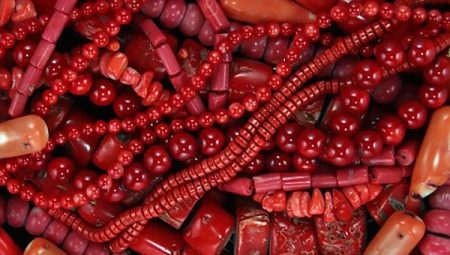
Corals are formed from the skeletons of sea creatures. They are hard and easy to process industrially, after which the matte surface becomes shiny. The mineral is valued by many as a piece of jewelry, but it is not suitable for everyone.
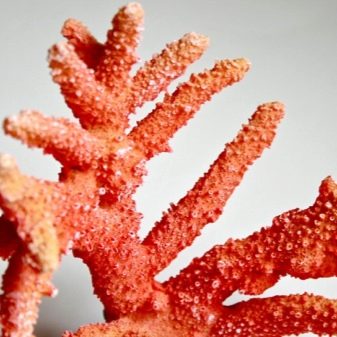
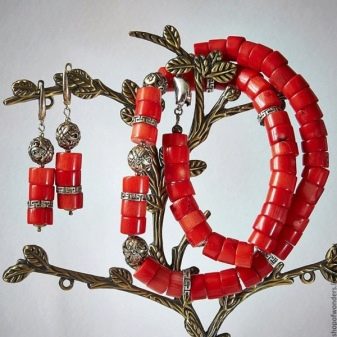
What it is?
The first corals were discovered 25 thousand years ago. At first, only the inhabitants of the Mediterranean could admire the extraordinary miracle of nature. The pieces of coral raised to the surface immediately lost their beauty under the influence of the sun and air. Then the jewelers of those years tried to polish the stone. And when the stone turned from an ordinary boring mineral into a real decoration, seasonal coral mining began.
Even then, this stone belonged to the symbols of peace of mind. Even the ancient Egyptians adorned themselves with coral talismans, designed to maintain patience, restraint in their souls, and save them from the blues.
In addition, for many peoples, a nugget was a symbol of immortality.
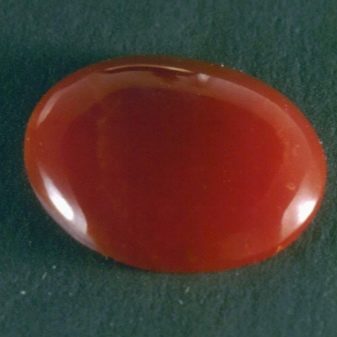

For many decades this miracle of nature was considered a plant, but in the 18th century its animal origin was proved. It turned out that The rock deposits are the skeletons of deceased sea creatures, petrified by the pressure of sea water. Next, the corals are occupied by polyps, which secrete a lime mixture, due to which the size of the fossils increases, and they themselves form bizarre shapes. The "branches" of a coral "tree" can reach 40 cm in length.
Generally, the top of the tree is valued the most. The miners remove corals from the bottom of the sea using coarse mesh nets.Such a significant prey has to be dragged along the bottom and although this process is automated, during this, most of the corals are spoiled and devalued.
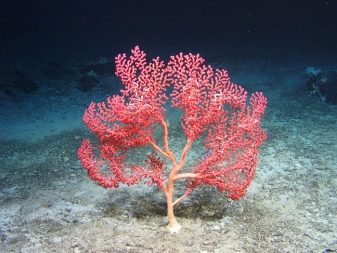

Therefore, manual extraction of material is still very relevant. The diving profession is quite in demand, but there are not so many who want to become a breadwinner.... The fact is that the seabed carries too many dangers to humans, and many divers die while extracting the mineral. Also in this profession there is a high risk of death from decompression sickness.
Basically, natural stones come across with some flaws, these are cracks and holes, the surface becomes even only after careful processing. Occasionally there are natural, perfect specimens without defects, however, even such specimens are polished to give shine.
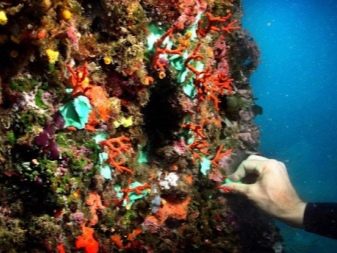

Views
At the mention of coral jewelry, many people have an image of red beads in their heads, but this stone comes in many other types and colors. Let's consider the main groups of minerals.
- Noble... This type is used in the production of jewelry.
- Root... They are bushy formations.
- Foamy... They are compounds of hard and soft rocks.
Also corals can be divided into precious and semi-precious. They differ in their structure, texture and gloss. Precious minerals include materials bright, solid, shining, they have a slightly less porous structure. It is more difficult to get them, therefore they are more valuable. Semi-precious species have a faded color, they are slightly softer and rather porous. They are not that hard to find, all leading to a lower price per stone.


As for the color of the stone, there are more than 350 species. The most popular shades even have their own names.
- Bianco... The stone is white.
- Akori... The blue variety is one of the rarest. Spongy specimens with a rich, almost blue color are especially appreciated.
- Angel skin. Pale pink stone.
- Bull blood... This is the name for scarlet minerals.
- Fiery... Bright red stone.
- Akabar... Black stone.
The coloration of the corals depends on the composition. A stone can contain any amount of organic matter (at least 1%, at least 100%) and will still be called coral. For example, the most valuable, that is, organic, is the black variety, but this species belongs to the Red Data Book, so its commercial production is prohibited.
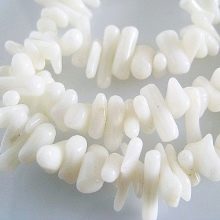
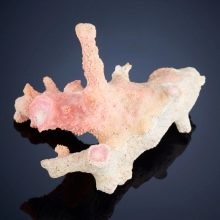

Place of Birth
Corals form in the sea at a depth of 3 to 5 meters. They look like stone trees. During artificial processing from them the top layer is removed, which did not have time to petrify... Next comes sorting by quality, color and other parameters. Only the processed stone is sent for sale. In its natural form, the material has no value, in the air, it loses its beauty and only after processing is it filled with radiance and shine again.
Extraction of material is possible in any place where such "trees" "grow". They occur in the seas and oceans, where the water temperature is more than + 21 ° C. The most common "hunting" for corals in the Mediterranean Sea, here accumulations of fossils are found off the coast of Tunisia, Algeria, Italy, as well as the Canary Islands and Australia... Some black varieties that are considered more valuable find in the Red Sea, along the Malaysian archipelago, off the coast of India.
On Koh Samui, it is customary to extract red and blue species, and in Japan, the extraction of dark red and pale pink stones is organized.


Properties
Physical and chemical
Submitted material mostly composed of calcium carbonate. Also contains some iron oxide and magnesium carbonate. As mentioned, sometimes organics make up only 1% of the total stone. By its structure, the stone is porous, and its natural surface is matte and even rough. Only after industrial processing with wax polishes does the stone become glossy.
At the edges, real coral is translucent, but in general the mineral is opaque. He's hard enough. For example, red stones have a hardness index of 3-4 on the Mohs scale, while black ones are twice as low. Therefore, their surface is easily scratched.
If a stone is improperly processed and painted in production, then during use as a decoration it quickly deteriorates, fades and fades. For example, the least valuable white and pink varieties are treated with hydrogen peroxide solution, after which the stones are filled with an expensive red shade, then the material undergoes a chemical coloring stage. It is just such a copy that cannot boast of a long service life.
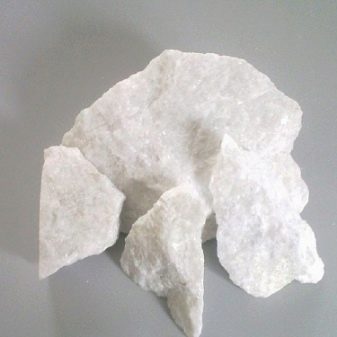
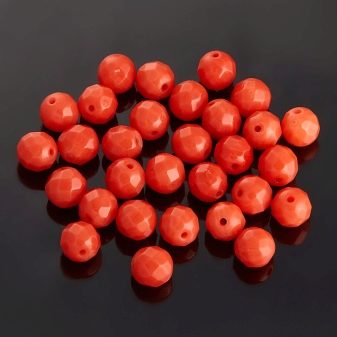
Magical
Coral is believed to have magical powers. He is able to restore peace of mind and tune a person with a fine mental organization to the desired mood. This stone evens out emotions and makes a person always be in a calm state. In the Middle Ages, it was believed that coral was able to protect people from the devil, and therefore some clergy still use this item. Another belief says that coral gives wisdomtherefore it is often used as a talisman.
Religious leaders made rosary beads from small stones. Even now, some crosses have retained red crystals. Corals helped priests not only protect themselves from the machinations of the devil, but also resist worldly temptations.
In the Mayan tribe, sea stones were considered protection from the evil eye and damage, and in the East, books and weapons were decorated with crystals so that these objects were filled with strength and great action.
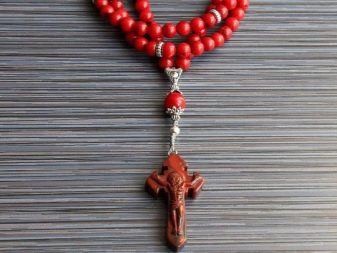

In India, only wealthy people had the opportunity to become the owners of such a magical stone. It was believed here that it was this nugget that would help preserve accumulations and an honorable place in society. Some travelers still take this stone with them on hikes, as according to their observations the mineral is able to change the weather, protect from dangers, attract good luck, calm storms and thunderstorms, bring warmth and comfort to the house.
It is believed that blue specimens reliably protect their owner from accidents, lead to longevity, fill life with happiness and harmony. For example, even in our time, many elderly people leave a stone at the head of the bed, as, in their opinion, it gives strength, vigor and health. For some peoples, the blue mineral symbolizes excessive modesty. Another belief says that this stone is able to protect a person from rumors and gossip.

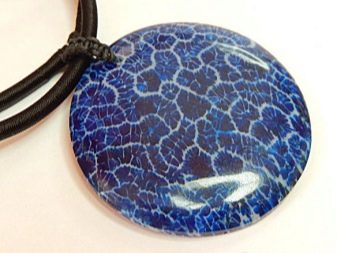
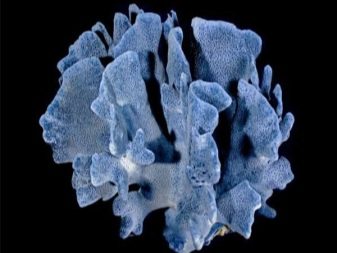

Therapeutic
In ancient Rome, the healing properties of coral were first described. Medicines were prepared on the basis of this material. Especially in this regard, white specimens were appreciated. The mineral is believed to strengthen the immune system and accelerate recovery.
The red varieties are prized in the world of psychology. It is noted that they stabilize emotional balance and, in general, have a positive effect on the human psyche. The mineral can be used, for example, to develop logic and intuition. Also, red stones help with ailments of the upper respiratory tract, to cleanse the blood, remove toxins and toxins from the body.
Powder is made from marine material, which is then used for the production of implants. This is achieved by the porous structure of the stone, which is very similar to the structure of bone tissue. For medical purposes, it is permissible to use only processed stone.
In the natural environment, direct tactile contact with this sea wonder can cause severe burns. This problem is especially relevant for deposits formed in the Red and Caribbean Seas.

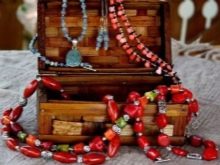
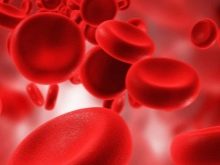
Who is it suitable for?
It is known that the stone is selected taking into account the sign of the zodiac. So, astrologers advise to wear coral jewelry For Cancers and Pisces, the gem is ideal for them. Pisces are advised to give preference to red and brown species, and Cancers to pink specimens.
Aries can wear coral as a protective talisman, and The stone is able to give success to Taurus.... If the nugget is worn by a constellation representative scales, then he can be calm for his harmonious communication with others, and Gemini coral will protect from damage and the evil eye.
Coral jewelry is allowed Lions, then they may not worry about their health. Red and pink species can bring good luck Scorpions... And here Virgo and Capricorn astrologers forbid wearing this stone.
Coral is a universal stone that can be attributed to three elements at once: Water, Earth, Fire. But when using this mineral, it is important to consider compatibility with other materials.
For example, it is not recommended to wear coral with agate, malachite, sardonyx, jasper, beryl. But it goes well with sapphire, pearls, turquoise, amethyst, onyx, lapis lazuli.

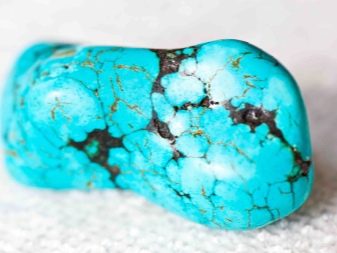
How to distinguish from a fake?
A buyer who does not want to come across a fake coral should be alerted to the price being too low. Now, from the fakes on the market, the following options are most often found.
- Artificial stone or Gilson's coral. It was created in Switzerland from calcium powder in 1972. The physicochemical properties of a synthetic sample are almost similar to a natural stone, they look the same, but the price of an artificial analogue is much lower. If you look closely at the surface, the artificial specimen will be missing the mesh pattern characteristic of a real coral.
- Quartzite... Another cheap option, which is an analogue of natural stone. You can distinguish it by touching the surface. Quartzite will always be cold.
- Imitation... This sample is made from pressed coral shavings, supplemented with dyes and plastic. You can also find very cheap glass or plastic fakes on the market. A fake can be distinguished by its uniformity of color. In its natural form, the stone rarely has a similar color.
Another way to determine the natural origin is to grind a particle of stone and add acetic acid. A chemical reaction will cause bubbles to appear on the natural sample... In addition, a real specimen, after lying in water for a long time, acquires a rich color, but this does not happen with analogs, low-quality painted imitations can fade or change color when in water.

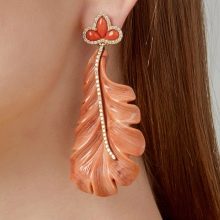

How to take care of it properly?
In order for the mineral to retain its shine and color for a long time, you need to periodically rinse it with ordinary tap water. It is allowed to use special tools. When the jewelry has faded, you can treat it with a hydrogen peroxide solution to help restore its original color. Avoid contact with the sun's rays, as ultraviolet light also negatively affects the brightness of the jewelry and leads to a short life.
Store corals in a separate box, as storage with other rocks will scratch the surface.

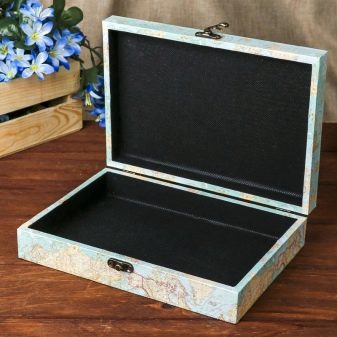
The following video will tell you about the amazing properties of coral.








